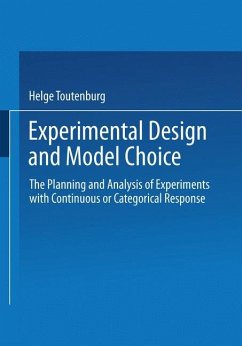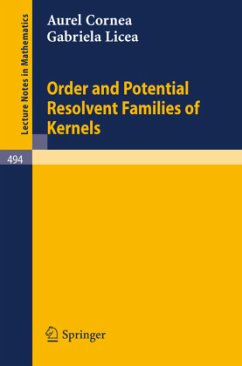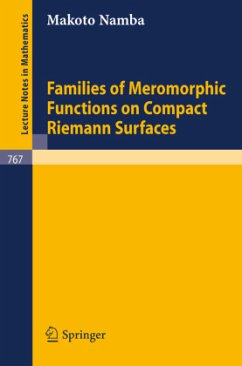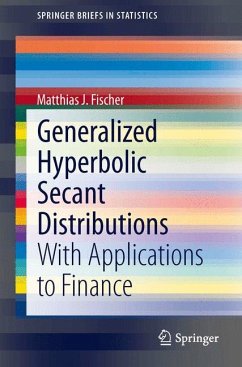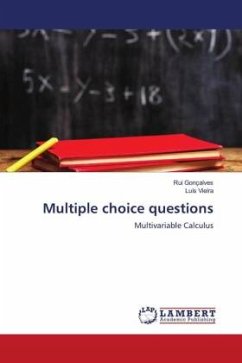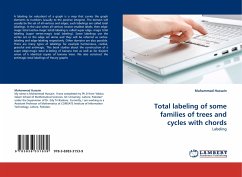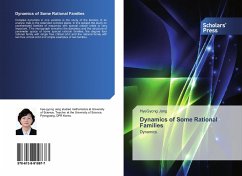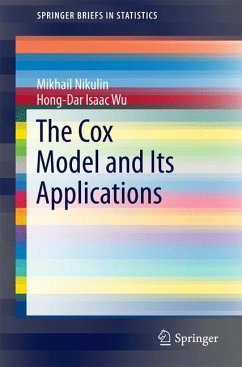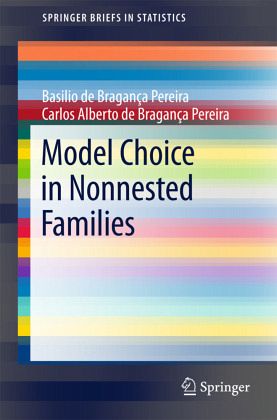
Model Choice in Nonnested Families

PAYBACK Punkte
21 °P sammeln!
This book discusses the problem of model choice when the statistical models are separate, also called nonnested. Chapter 1 provides an introduction, motivating examples and a general overview of the problem. Chapter 2 presents the classical or frequentist approach to the problem as well as several alternative procedures and their properties. Chapter 3 explores the Bayesian approach, the limitations of the classical Bayes factors and the proposed alternative Bayes factors to overcome these limitations. It also discusses a significance Bayesian procedure. Lastly, Chapter 4 examines the pure like...
This book discusses the problem of model choice when the statistical models are separate, also called nonnested. Chapter 1 provides an introduction, motivating examples and a general overview of the problem. Chapter 2 presents the classical or frequentist approach to the problem as well as several alternative procedures and their properties. Chapter 3 explores the Bayesian approach, the limitations of the classical Bayes factors and the proposed alternative Bayes factors to overcome these limitations. It also discusses a significance Bayesian procedure. Lastly, Chapter 4 examines the pure likelihood approach. Various real-data examples and computer simulations are provided throughout the text.



